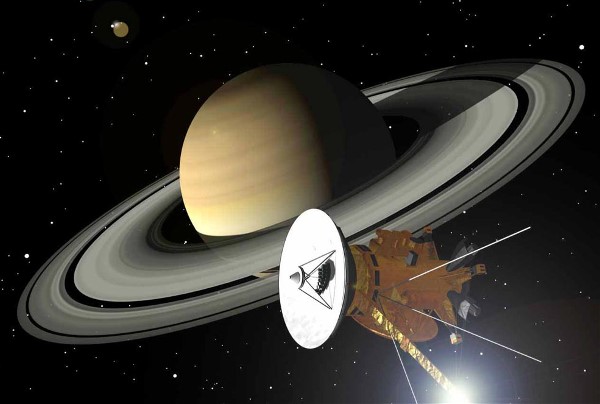-
Tips for becoming a good boxer - November 6, 2020
-
7 expert tips for making your hens night a memorable one - November 6, 2020
-
5 reasons to host your Christmas party on a cruise boat - November 6, 2020
-
What to do when you’re charged with a crime - November 6, 2020
-
Should you get one or multiple dogs? Here’s all you need to know - November 3, 2020
-
A Guide: How to Build Your Very Own Magic Mirror - February 14, 2019
-
Our Top Inspirational Baseball Stars - November 24, 2018
-
Five Tech Tools That Will Help You Turn Your Blog into a Business - November 24, 2018
-
How to Indulge on Vacation without Expanding Your Waist - November 9, 2018
-
5 Strategies for Businesses to Appeal to Today’s Increasingly Mobile-Crazed Customers - November 9, 2018
Does Enceladus support life? 7 key facts
Stay tuned later this week for a few potentially incredible science from the outer solar system, as a NASA spacecraft flies through plumes streaming away from the surface of Saturn’s icy moon, Enceladus.
Advertisement
While the mission isn’t equipped to specifically search for signs of life in the plumes, the presence of a warm, salty liquid water ocean under Enceladus’ crust does bring the possibility of life existing there, and Cassini can at least give a better understanding of how “friendly” this icy moon actually is to life as we know it.
It will be Cassini’s closest ever approach to the moon, with the craft flying just 49 kilometres above Enceladus’ south pole to pass through the plume. The “grand finale” will be its descent into Saturn’s atmosphere, where Cassini will send back a final set of readings before disintegrating into the gas giant. The spacecraft will fly through an icy spray of plume coming out of the moon, and the team of NASA experts will be chatting about the historic event via a teleconference by 2 p.m EDT on Monday, October 26.
The surface of the 498km moon is thought to be covered in a thick layer of frozen water with a liquid ocean below.
Following the release of Enceladus’ first close-up photos, NASA goes beyond the moon’s icy spray in hopes to get evidence of hydrothermal activity in Enceladus’ global ocean.
The flyby should take place at 1522 GMT on Wednesday, though the scientific data it collects may not be published for months.
“Life needs three things; it needs water, it needs chemistry, and it needs energy”.
“Confirmation of molecular hydrogen in the plume would be an independent line of evidence that hydrothermal activity is taking place in the Enceladus ocean, on the seafloor”, said Hunter Waite, INMS team lead at Southwest Research Institute in San Antonio.
Scientists also hope to answer a long-standing question about the nature of the plume: whether it’s a curtain similar to steam or whether it’s made up of discrete jets of material.
The researchers will also be able to fully analyze the chemistry of the plume by deploying the cosmic dust analyzer (CDA) instrument aboard the Cassini; considering the fact that the experiment is also to expose the aircraft to heavier and massive molecules or organics above what the spacecraft is used to in higher altitudes beyond the plume.
The plume was first spotted by Cassini in 2005, a year after it arrived in the Saturnian system.
Advertisement
The four 1.2-mile-wide aligned cracks are believed to be sites of heightened volcanic activity on Enceladus.




























